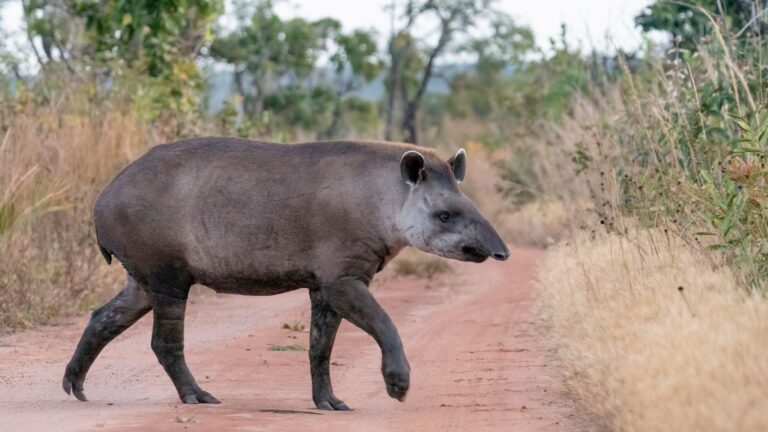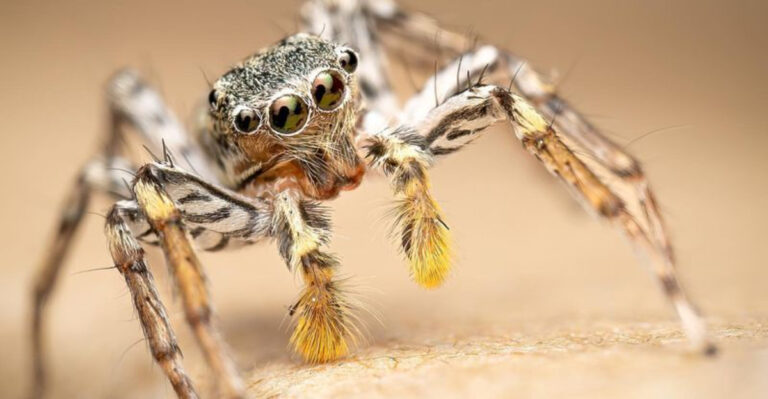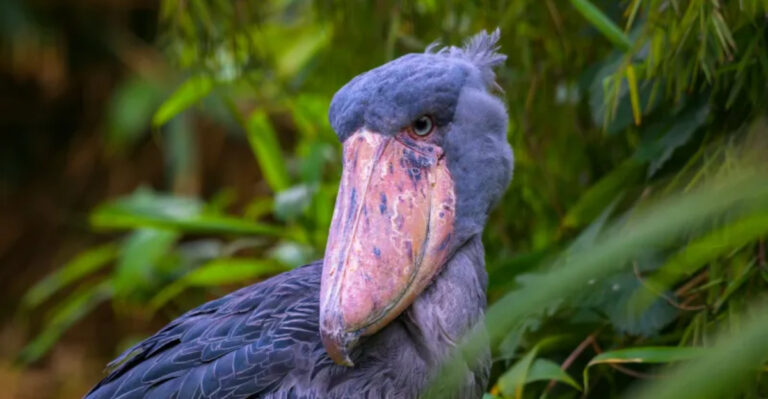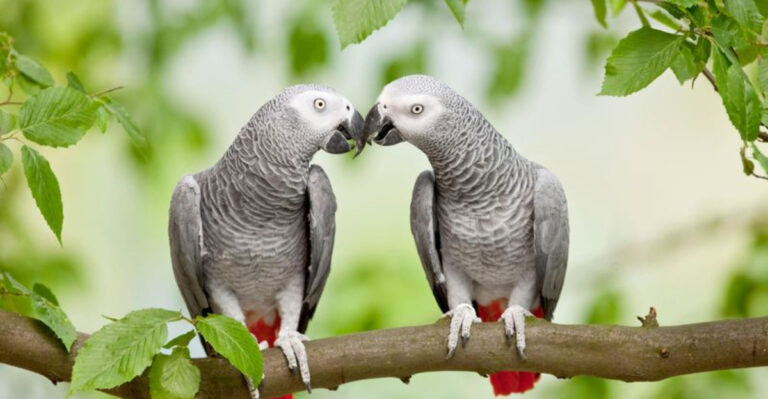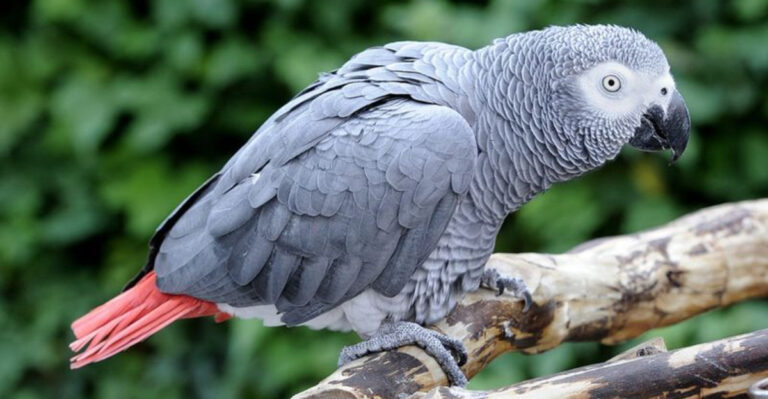Top 14 Animals And Wildlife In The Andes Mountains
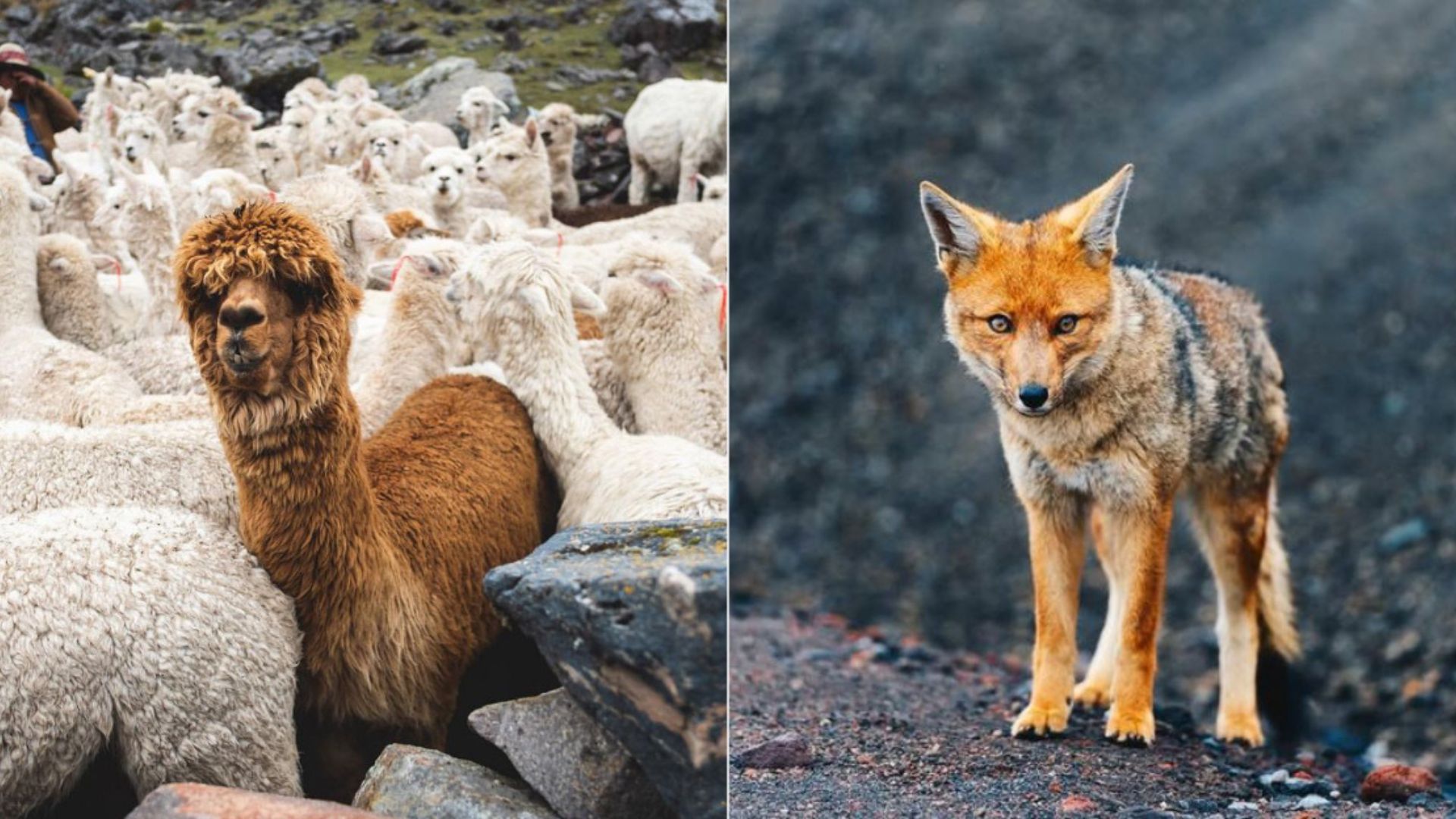
The Andes Mountains, a majestic spine running down the western edge of South America, is a treasure trove of biodiversity and home to some of the most unique and fascinating creatures on Earth.
These towering peaks and sprawling highlands offer a diverse range of habitats, from lush cloud forests to stark alpine tundras, each teeming with life.
The following is a journey through the top animals that call this rugged landscape home, showcasing the incredible variety and resilience of Andean wildlife.
1. Andean Condor
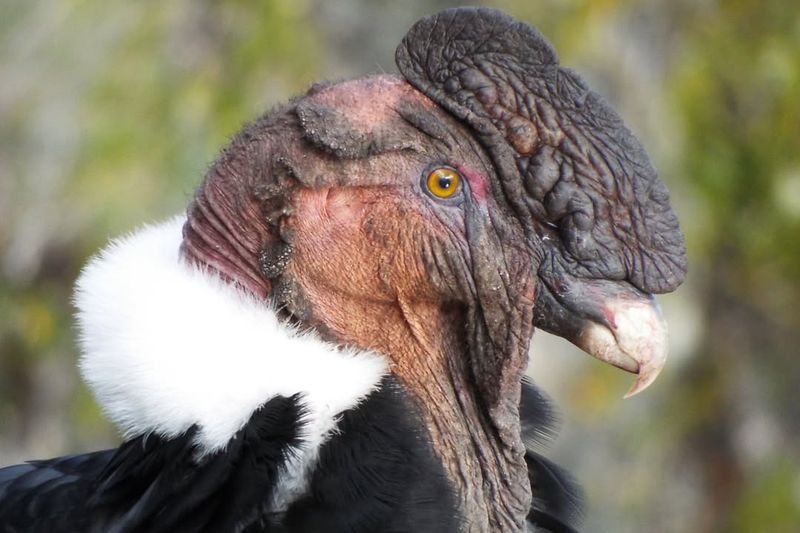
The Andean Condor, with its impressive wingspan stretching up to 3.3 meters, is the undisputed king of the skies in the Andes. This magnificent bird, often seen gliding effortlessly above the rugged peaks, is the largest flying bird in the world by combined weight and wingspan. Its black plumage contrasts strikingly with the white feathers around its neck, creating a regal appearance befitting its status.
In addition to its commanding presence, the Andean Condor plays a vital role in the ecosystem as a scavenger, helping to keep the environment clean. Despite its size, this bird exhibits remarkable grace, using thermal currents to stay aloft with minimal effort. Unfortunately, its population is declining due to habitat loss and hunting, making conservation efforts crucial.
For those lucky enough to spot an Andean Condor in flight, it is an awe-inspiring sight that underscores the beauty and fragility of the Andean wildlife. Watching these giants soar above the Andes is a reminder of the delicate balance of nature in this breathtaking region.
2. Spectacled Bear
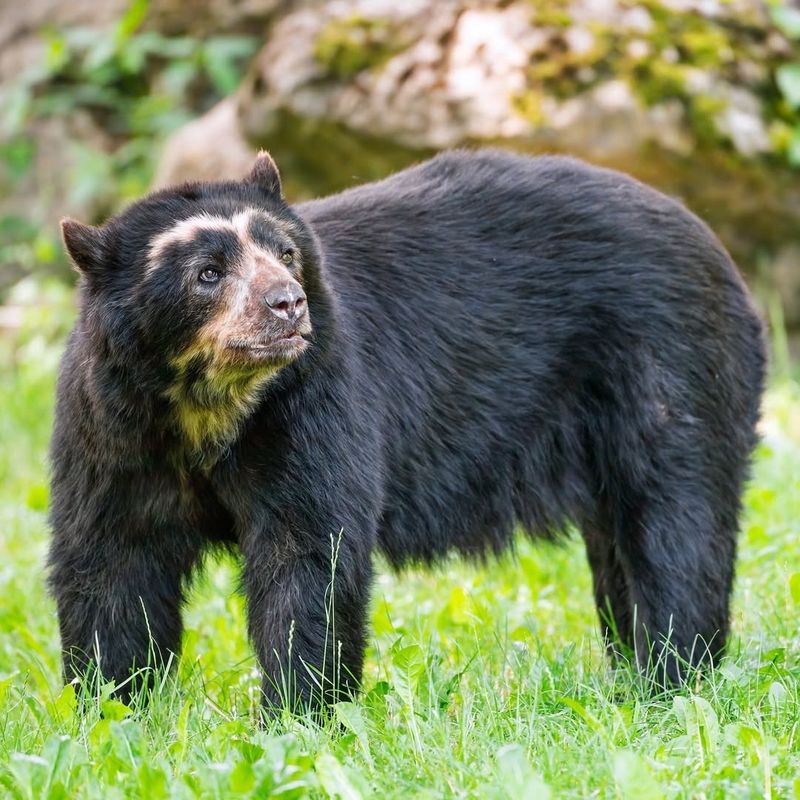
The Spectacled Bear, also known as the Andean Bear, is South America’s only bear species and a true symbol of the Andes. Named for the unique markings around its eyes that resemble eyeglasses, these bears are as charming as they are elusive. They inhabit the cloud forests and high-altitude grasslands, adapting to various environments with remarkable skill.
Despite their cuddly appearance, Spectacled Bears are primarily herbivorous, feasting on a diet rich in fruits, bromeliads, and tree bark. However, they won’t shy away from the occasional rodent or bird egg for a protein boost. These bears are excellent climbers, often seen scaling trees in search of food or simply lounging on a branch.
Conservationists are working tirelessly to protect their habitat from deforestation and human encroachment, ensuring these delightful creatures continue to thrive. A glimpse of a Spectacled Bear in its natural setting is a heartwarming experience that highlights the rich biodiversity of the Andes.
3. Llama
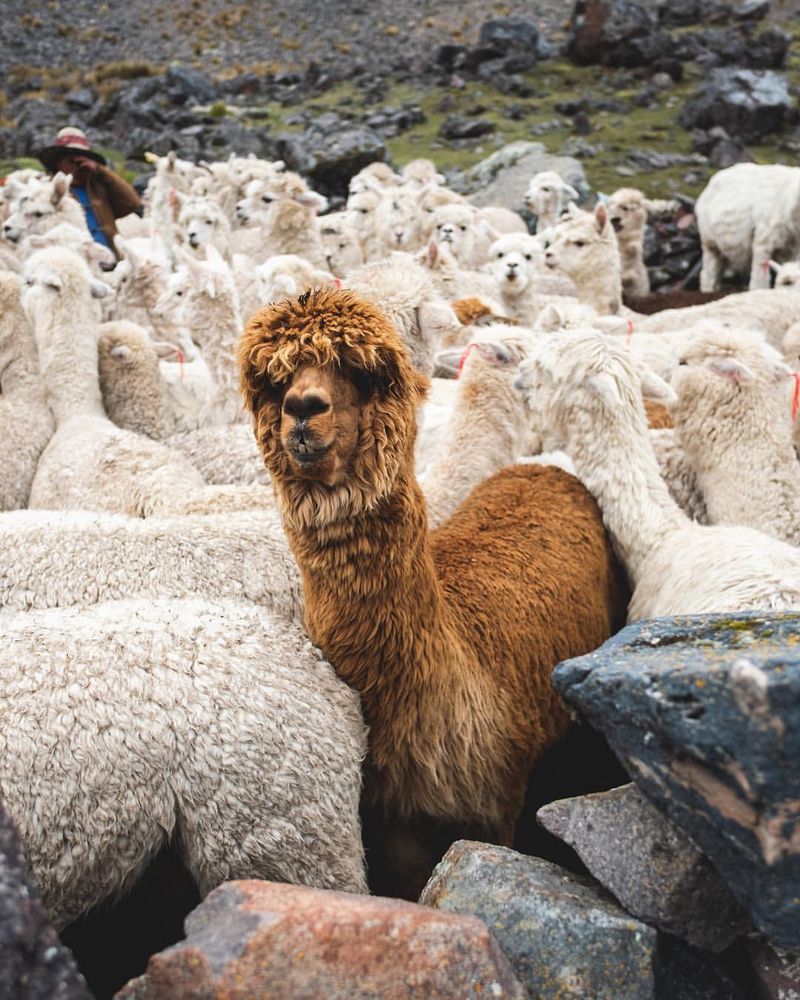
These domesticated animals have been an integral part of Andean culture for centuries, valued for their wool, meat, and as sturdy pack animals. Their ability to navigate the rugged terrain makes them indispensable in such challenging environments.
Llamas are social creatures, often found in herds led by a dominant male who watches over his group. Amazingly, they can carry loads up to 25% of their body weight, making them the original all-terrain vehicles of the Andes. Their thick wool provides insulation against the harsh mountain climate, while their padded feet offer traction on rocky paths.
Beyond their practical uses, llamas hold cultural significance, featured in Andean folklore and ceremonies. Whether seen wandering the high-altitude plains or munching on grass, llamas embody the perseverance and resourcefulness of those who inhabit the Andes. Their presence is a testament to the deep connection between the people and wildlife of this extraordinary region.
4. Vicuña
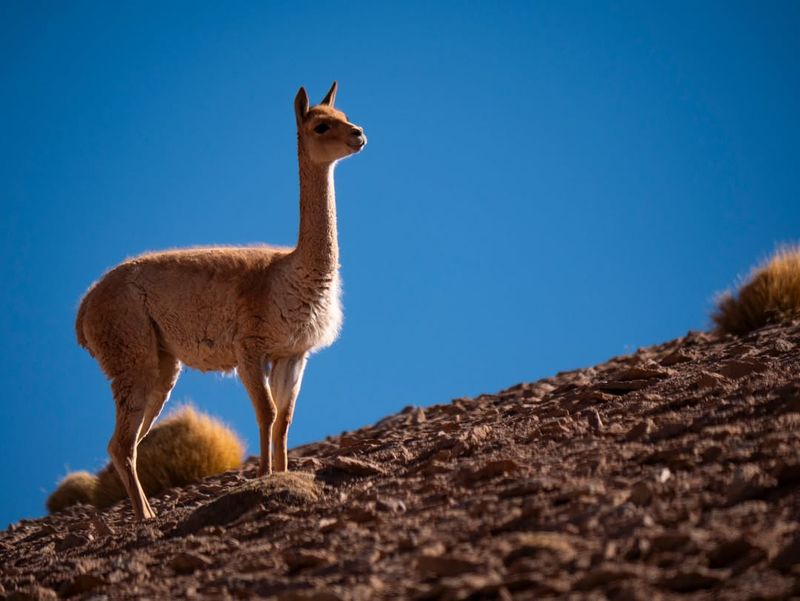
The wild cousins of llamas and alpacas, vicuñas are the epitome of elegance in the Andean highlands. Their delicate frame and fine, golden-brown wool make them one of the most sought-after animals in the textile industry. Unlike their domesticated relatives, vicuñas roam freely across the harsh terrains, gracing the landscape with their slender silhouettes.
These animals possess a remarkable adaptation to the high-altitude environment, with specialized blood that helps them survive in low-oxygen areas. Their wool is incredibly fine and insulating, allowing them to withstand the cold Andean nights. Vicuñas are social animals, forming family groups led by a dominant male who fiercely protects his herd from intruders.
Due to their prized wool, vicuñas were once hunted nearly to extinction. However, conservation efforts have helped their populations rebound, turning them into a symbol of successful wildlife management. Observing vicuñas in their natural habitat is a reminder of the delicate harmony between conservation and tradition in the Andes.
5. Guanaco
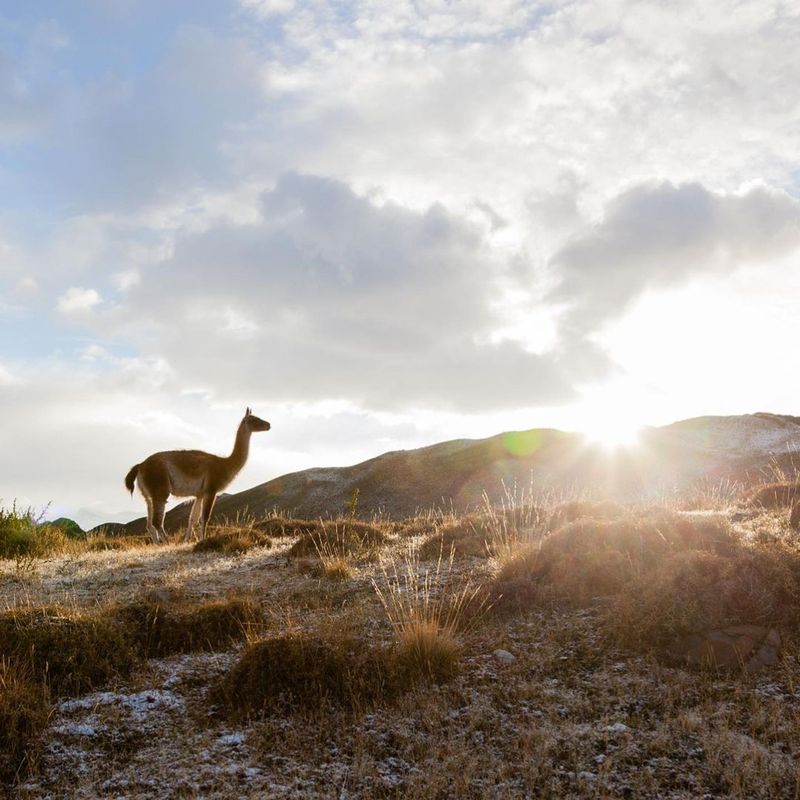
These resilient creatures are well-adapted to the arid landscapes, roaming the open plains and rocky hillsides. With their soft, tawny coats and graceful movements, guanacos add a touch of elegance to the otherwise harsh environment.
Guanacos are social animals, typically found in herds led by a dominant male. They communicate with a series of vocalizations and body language, from gentle hums to loud alarms warning of predators. Their keen eyesight and agility make them adept at spotting and evading threats in the wild.
These animals play an important role in the Andean ecosystem, as their grazing patterns help maintain the balance of vegetation. Conservation efforts have been pivotal in protecting guanaco populations from the pressures of hunting and habitat loss. Their presence in the Andes is a testament to the resilience of wildlife in one of the world’s most challenging environments.
6. Mountain Tapir
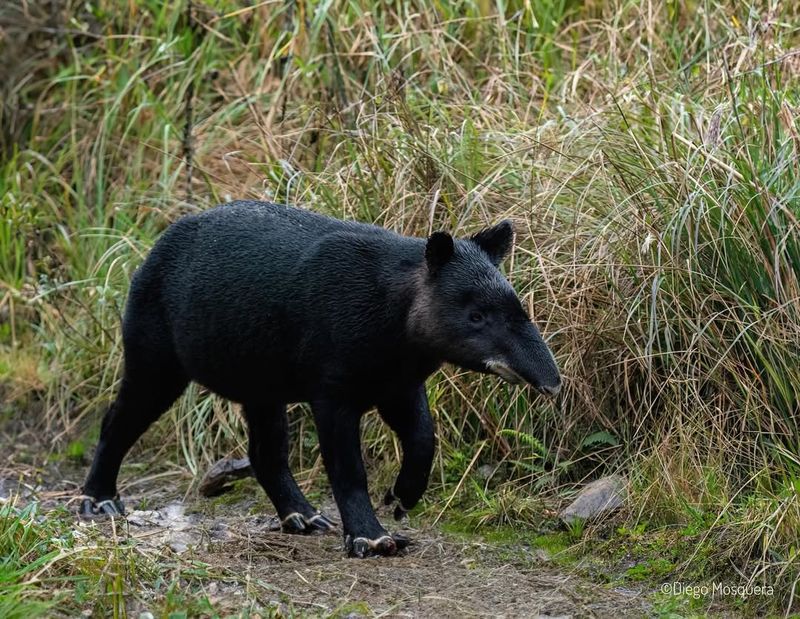
The Mountain Tapir, a rare and endangered species, is one of the Andes’ most elusive inhabitants. As the smallest of the tapir family, it stands out with its woolly coat and distinctive white lips. These gentle herbivores are crucial to their ecosystem, aiding in seed dispersal and maintaining the health of the forest.
Mountain Tapirs inhabit the cloud forests and paramos, thriving in the cool, misty environments. Their diet consists mainly of leaves, fruits, and twigs, which they forage with their prehensile snouts. Despite their stocky build, they are surprisingly agile, navigating the dense underbrush with ease.
Conservationists are racing against time to protect the dwindling populations of Mountain Tapirs from habitat destruction and poaching. Spotting one in the wild is a rare and rewarding experience, offering a glimpse into the delicate balance of life in the Andes. Their presence is a reminder of the urgent need to conserve the region’s unparalleled biodiversity.
7. Andean Cat
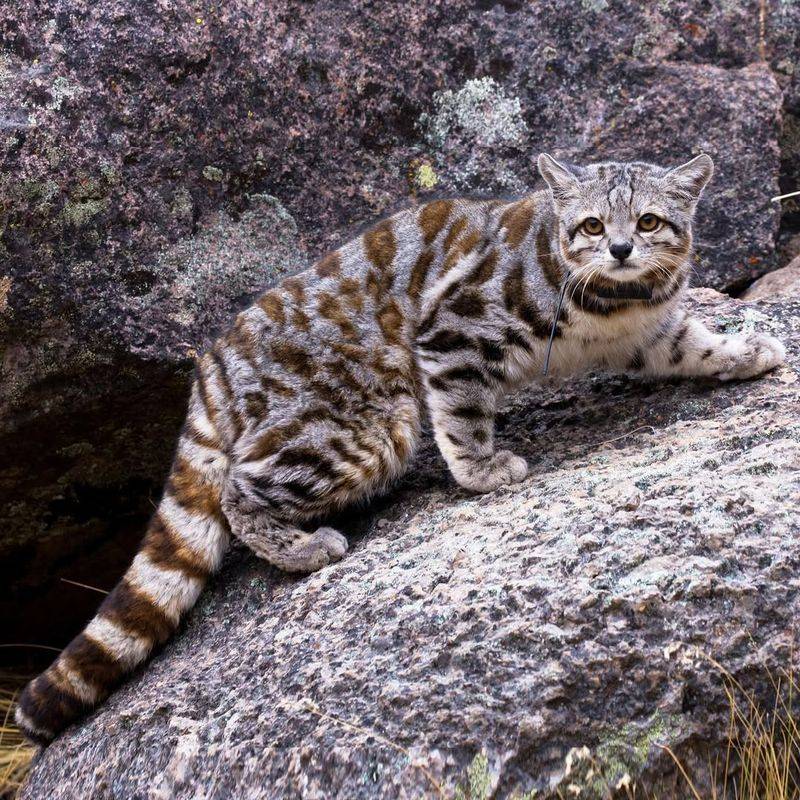
The Andean Cat is a rare and enigmatic feline that inhabits the high-altitude regions of the Andes. Its thick, silvery-gray coat and distinctive striped tail make it perfectly camouflaged against the rocky landscape. These elusive cats are among the least known and most endangered wild cats in the world.
Primarily nocturnal, Andean Cats are skilled hunters, preying on small mammals like chinchillas and viscachas. They have adapted to the harsh conditions of the Andes, where food can be scarce and temperatures plummet. Their solitary nature and remote habitat make them difficult to study, adding to their mysterious allure.
Efforts to conserve the Andean Cat focus on habitat preservation and research to better understand their ecology and behavior. Spotting an Andean Cat in the wild is a rare privilege, offering a glimpse into the hidden world of Andean wildlife. These stealthy predators embody the resilience and mystery of life in the high Andes.
8. Chinchilla
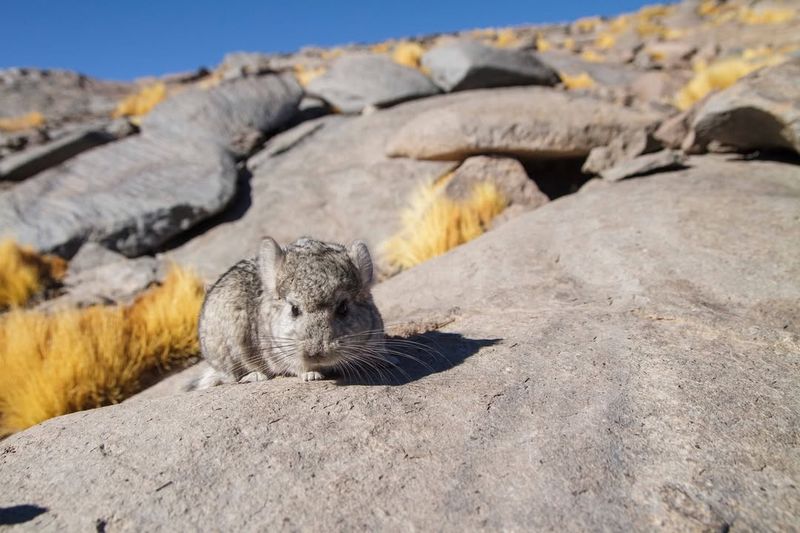
These small, nocturnal rodents are perfectly adapted to life in the rugged mountains, where they dwell in burrows and rocky crevices to escape predators and extreme weather. Their dense fur, which traps heat and provides insulation, is their most striking feature.
In the wild, chinchillas are social creatures, often found in colonies that provide safety in numbers. They communicate with a variety of vocalizations, from gentle coos to alarm calls that alert the group to danger. Their diet consists mainly of grasses, seeds, and small insects, which they forage with dexterous paws.
Chinchillas face significant threats from habitat destruction and hunting for their fur, which was once highly prized. Conservation efforts aim to protect their natural habitats and curb illegal poaching. Encountering a chinchilla in the wild is a delightful experience, showcasing the delicate charm of these high-altitude survivors.
9. Andean Frog
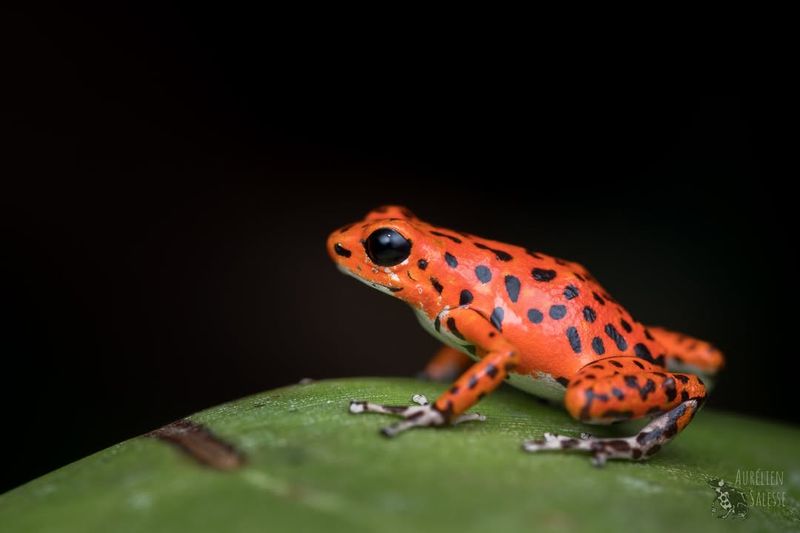
These small amphibians are noted for their vibrant skin patterns, which serve as a warning to predators about their toxicity. Their bright colors and unique calls are an integral part of the Andean soundscape, especially during the rainy season when they are most active.
These frogs play a crucial role in their ecosystem, controlling insect populations and serving as indicators of environmental health. They thrive in the humid, lush environments of the cloud forests, where they can find ample food and shelter. However, they are highly sensitive to changes in their habitat, making them vulnerable to climate change and deforestation.
Efforts to preserve the Andean Frog populations focus on habitat protection and environmental education. Witnessing these frogs in their natural habitat is a reminder of the incredible diversity and fragility of life in the Andes. Their presence underscores the importance of conserving these vibrant ecosystems.
10. Pudu
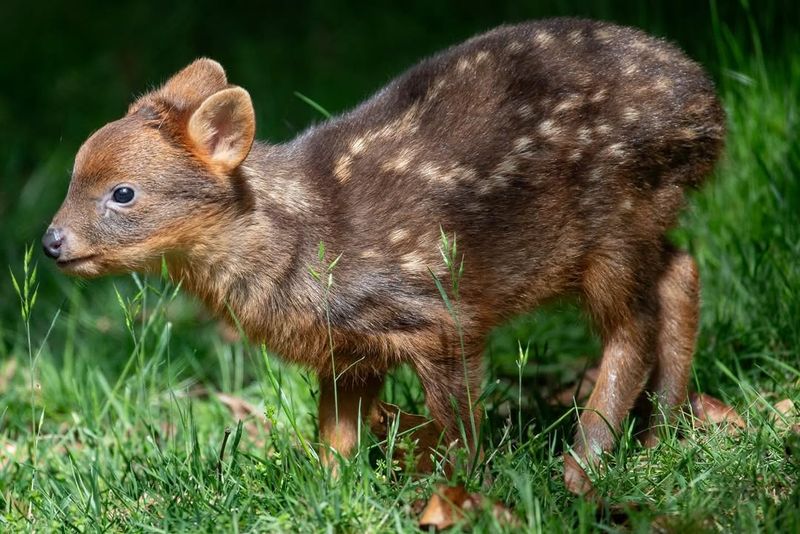
The Pudu, the world’s smallest deer, is a charming inhabitant of the Andean forests. Standing just above knee-height, these diminutive deer are known for their round bodies and short legs, which give them an adorable, almost cartoonish appearance. Despite their size, pudus are agile and adept at navigating the dense underbrush of their forest homes.
Pudus are solitary creatures, primarily active during the dawn and dusk hours when they forage for leaves, twigs, and fruit. Their small size allows them to move quietly and avoid predators in the thick foliage. These deer are incredibly secretive, often eluding even the most determined wildlife enthusiasts.
Conservation efforts for the pudu focus on protecting their forest habitats from deforestation and human encroachment. Spotting a pudu in the wild is a rare delight, offering a glimpse into the hidden wonders of the Andean forests. Their presence is a testament to the diversity and adaptability of life in this unique region.
11. Andean Fox
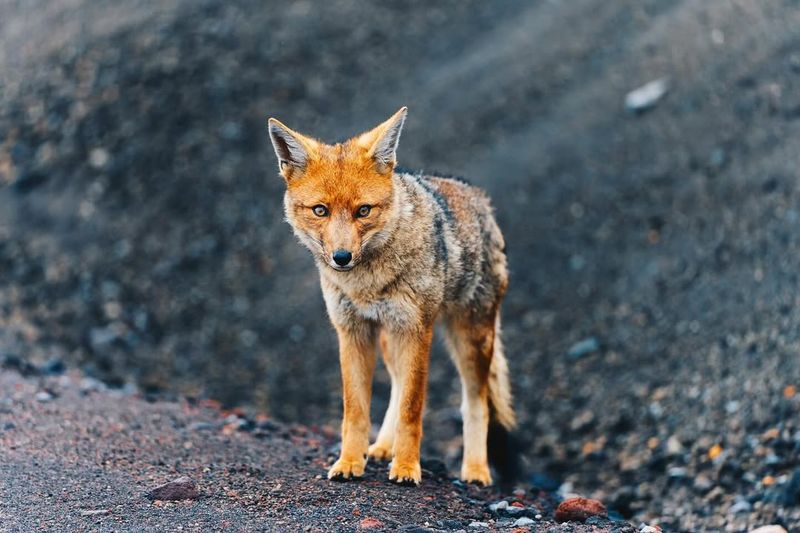
The Andean Fox, also known as the culpeo, is a cunning and adaptable predator found throughout the Andes. With its bushy tail and pointed ears, it resembles a cross between a fox and a wolf. This fox is perfectly suited to the mountain terrain, where it hunts a variety of prey, from rodents to birds and even the occasional insect.
Andean Foxes are opportunistic feeders, often seen scavenging for food or raiding bird nests. Their keen senses and agility make them effective hunters, capable of adapting to the challenging conditions of the high Andes. These foxes are typically solitary, but they may form loose family groups during the breeding season.
Observing an Andean Fox in the wild is a thrilling experience, showcasing the adaptability and resilience of Andean wildlife. Their presence is a reminder of the complex web of life that thrives in this mountainous region.
12. Sword-Billed Hummingbird
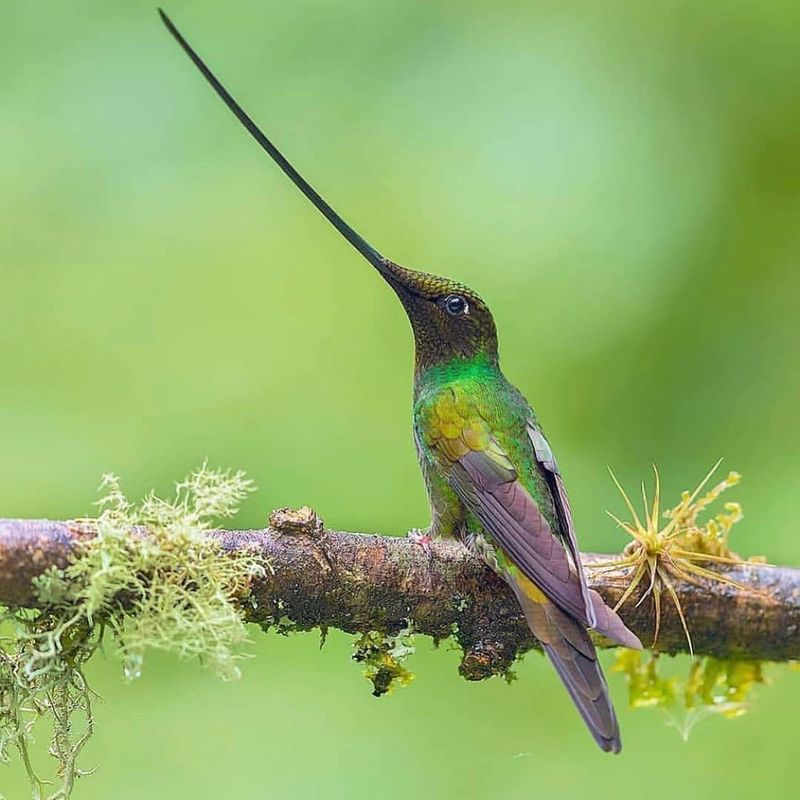
The Sword-billed Hummingbird is an extraordinary avian marvel of the Andes, renowned for its remarkably long bill that exceeds the length of its body. This unique adaptation allows the hummingbird to sip nectar from flowers with elongated corollas, showcasing a beautiful example of co-evolution. Its iridescent plumage and rapid wingbeats add a touch of magic to the cloud forests it inhabits.
These hummingbirds are vital pollinators, playing a key role in the reproductive cycle of many Andean plants. Their high metabolism requires constant feeding, and they can often be seen flitting from flower to flower in a manic dance of sustenance. The sword-billed hummingbird’s presence is a vibrant reminder of the intricate relationships that sustain the ecosystem.
Conservation of their habitat is crucial, as changes in climate and deforestation pose significant threats. Spotting a sword-billed hummingbird is an exhilarating experience, offering a glimpse into nature’s ingenuity and the delicate balance of life in the Andes.
13. Andean Cock-Of-The-rock
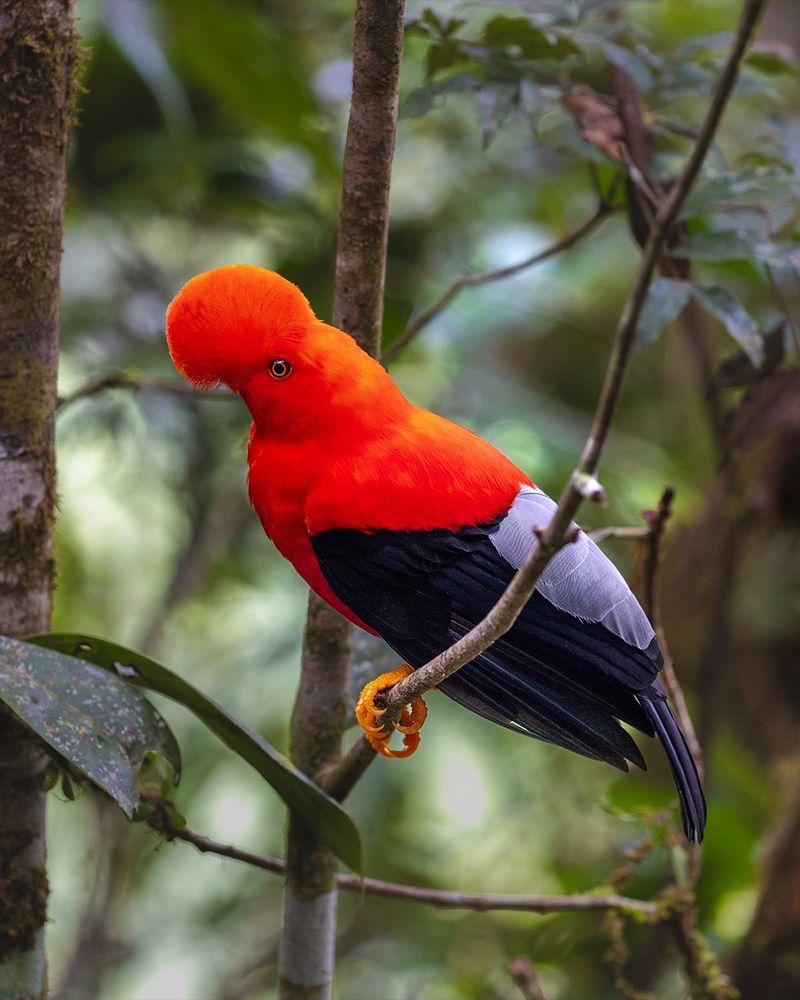
These birds are often found in the cloud forests, where the males gather in leks to perform elaborate courtship displays, competing for the attention of the more drably-colored females.
Their dramatic mating rituals are a sight to behold, with males hopping and vocalizing in a synchronized dance. Despite their showy appearance, these birds are surprisingly elusive, often hidden away in the dense foliage. Their diet mainly consists of fruits, supplemented by insects and small vertebrates.
Witnessing their courtship display in the wild is a captivating experience, highlighting the colorful and complex lives of Andean wildlife. Their presence adds a splash of color and vibrancy to the cloud forests they inhabit.
14. Mara
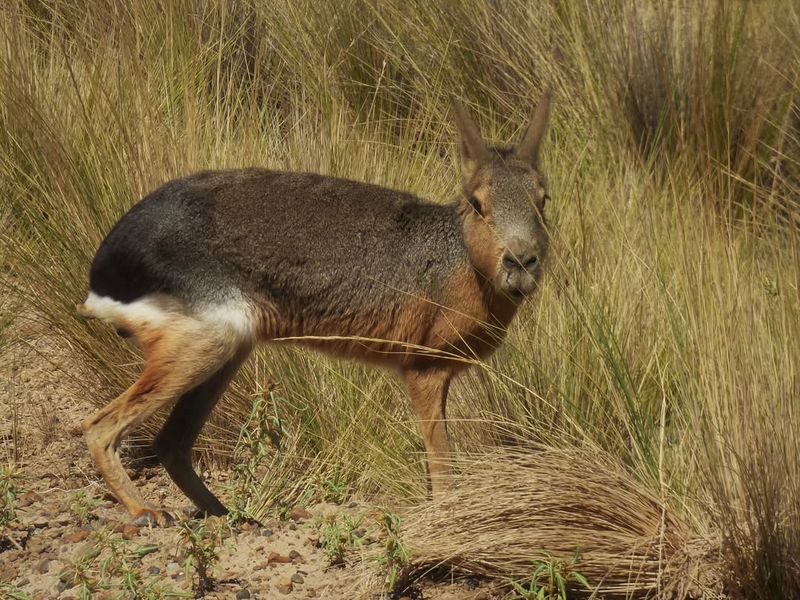
The Mara, also known as the Patagonian cavy, is a fascinating rodent found in the Andes. Resembling a cross between a rabbit and a kangaroo, these unique creatures are known for their long legs and large ears. Maras are well-adapted to the open grasslands and scrublands, where they can be seen bounding across the landscape with remarkable speed and agility.
Mara are social animals, often found in monogamous pairs or small family groups. They communicate with a range of vocalizations, from grunts to high-pitched squeaks. Their diet consists mainly of grasses and other vegetation, which they expertly forage using their nimble paws.
Observing a Mara in the wild is a unique experience, offering insight into the diverse and adaptive wildlife of the Andes. Their presence is a testament to the incredible variety of life that thrives in this unique region.


